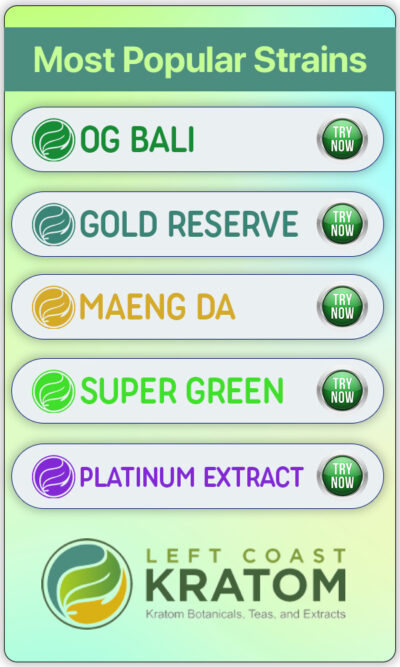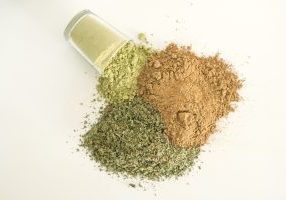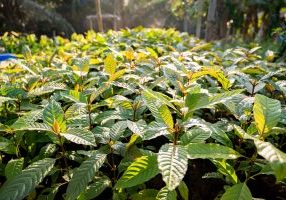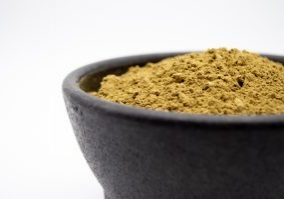The status of kratom in America is changing.
In 2019, four states passed Kratom Consumer Protection Acts. In 2020, the similar bills might be passed in twenty states or more!
For many years, kratom users here in the states have had to take kratom on the edges of legality. Not specifically illegal, not legally regulated, Kratom’s status is not always clear. In recent months, more states are making their positions about the botanical clear, but there is still a way’s to go.
The American Kratom Association, also known as the AKA, is at the forefront of this movement. They want to end this 2020 with protection laws for kratom users passed in 25 states. Currently, these laws only exist in four states.
Curious about why we support this goal and find it important not just for vendors but for consumers around the United States? Here’s why:
The Fear of Kratom in the United States
Many politicians in the U.S. are afraid of kratom and its legality because they don’t understand it. Many non-kratom users in America fear kratom because they see it as another potentially harmful drug. With the status of the addiction crisis in America, we can completely understand these fears.
Our fears for kratom, however, are different.
Scientific and anecdotal proof has already been enough for us to believe that kratom is a safe and beneficial substance for many people. What hasn’t been shown yet, however, is that the supply chain of kratom in America is safe for its users.
In many states, there is absolutely no regulation on kratom sales. This means that vendors could choose the lowest quality product that they want and put it for sale without any repercussions or laws to guide them.
The one that gets hurt most in this situation is the consumer!
Even if you don’t come in direct contact with contaminated kratom, instances of bad kratom making it to another consumer hurts you. Each case causes kratom to be viewed more negatively, and the risk of a complete ban increases.
How The Kratom Consumer Protection Act Can Help
The Kratom Consumer Protection Act is a set of guidelines that the American Kratom Association is working with each state to enact.
The act would cover the following tenets in some way:
- • Age restriction: what will be the state’s legal age be for kratom products?
- • Labeling: what type of information will be required or forbidden on kratom labeling?
- • Warnings: what type of warnings and safety information must be given to consumers on the labeling?
- • Registration: how will kratom testing compliance and product registration be handled?
- • Quality: how will the quality be tested, and what will the quality requirements be?
The KCPA, Kratom Consumer Protection Act, will not be exactly the same in every state. Just as cannabis laws differ in each state, kratom laws may, too. AKA works with each state that they discuss kratom with to develop the laws so that kratom can be regulated in a safe, effective way that is satisfactory to the state.
Not all components listed above will make it through the state’s legislative system, but AKA does its part to make sure that the most important factors are addressed.
2020: The Goal of 21 States
For 2020, the American Kratom Association has set a goal to have some type of kratom protection laws passed in 21 more states. They have already been setting the groundwork in many states to get the KCPA into lawmaker’s hands so that the change can begin.
AKA is targeting these states in 2020:
- • Oregon
- • Idaho
- • Colorado
- • Kansas
- • Oklahoma
- • Missouri
- • Louisiana
- • Illinois
- • Michigan
- • Tennessee
- • Mississippi
- • Florida
- • South Carolina
- • North Carolina
- • Virginia
- • West Virginia
- • Ohio
- • Pennsylvania
- • New York
- • Rhode Island
- • Wisconsin
- • Alabama
- • Arkansas
Most of these states don’t yet have any laws about kratom in place, but four of them have actually already enacted a ban on kratom. The American Kratom Association, however, believes that the bans in these four states can be changed in 2020:
- • Rhode Island
- • Alabama
- • Arkansas
- • Wisconsin
The goal to have half of the states in the USA to have kratom consumer protections in place by the end of the year is a big one, but the American Kratom Association and its supporters have been advocating for the same, regulated use of kratom for a long time. This year, the culmination of those efforts should result in this kind of big change!
Accountability Matters Most
As mentioned above, shady vendors can sell anything that they want to their customers right now, and there is no way for the customer to find out about this. There is no quality control testing that is checked by any third-party unless the vendor themselves makes the effort to have their product tested.
Here at Left Coast Kratom, we wanted to show that we take our product safety and quality control seriously, so we joined the GMP Standards Program run by the American Kratom Association. In short, this program lays out specific guidelines and standards to ensure that we do our part in keeping the kratom industry safe.
We want our customers – including you – to know that we want to make sure that we are constantly evolving and keeping up with the best practices in the industry. As members of the GMP compliance program, we get the information about safety that we need quickly and are able to put it into action.
Do You Want To Help?
Are you interested in seeing a Kratom Consumer Protect Act go into effect in your state? Do you live in one of the states that the AKA is targeting this year?
If so, this is your chance to get involved with advocacy. It is possible that simply showing up to support change would be enough. And if you want to do more than just show up, there are plenty of opportunities to get involved.
The best way to get involved with local or state advocacy is to contact the American Kratom Association and ask how to get in contact with your area’s advocacy team. From there, you’ll start being a more active part of the change.












